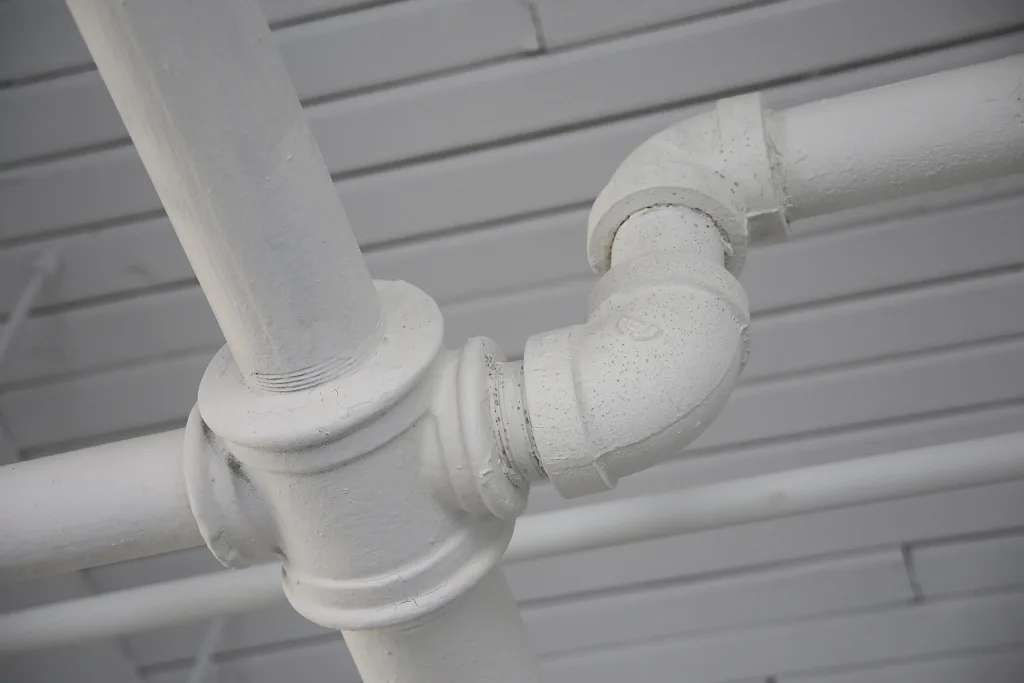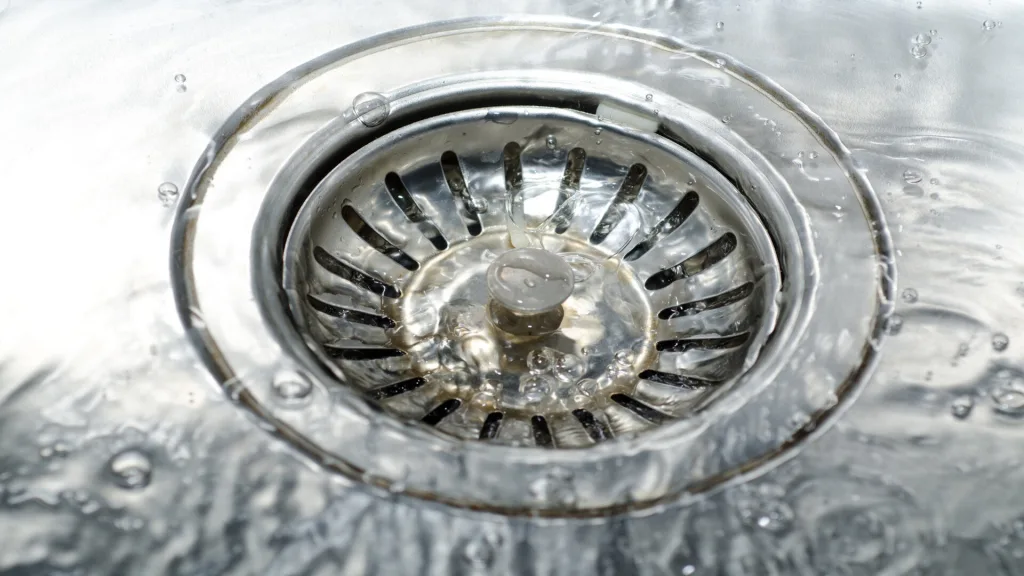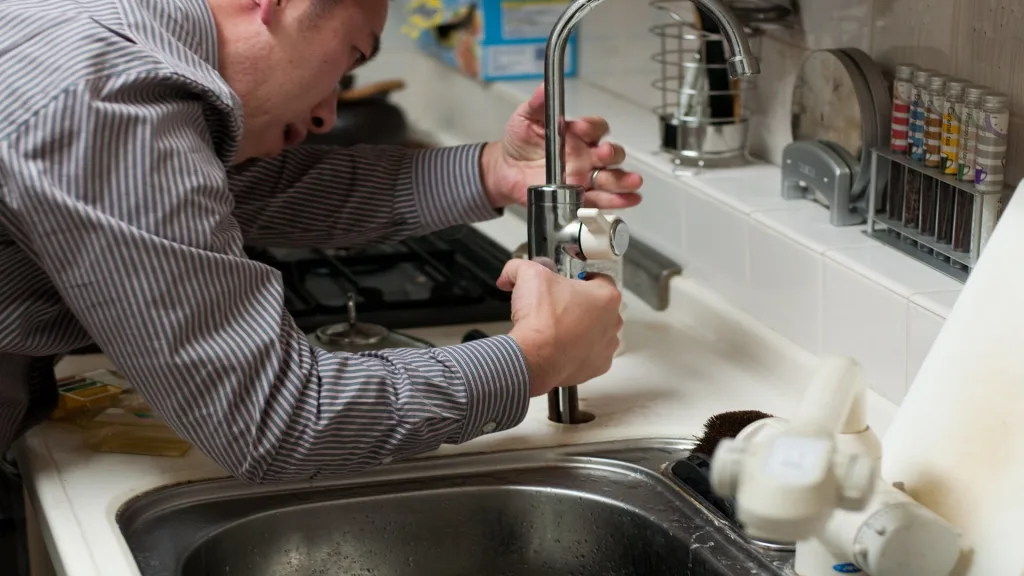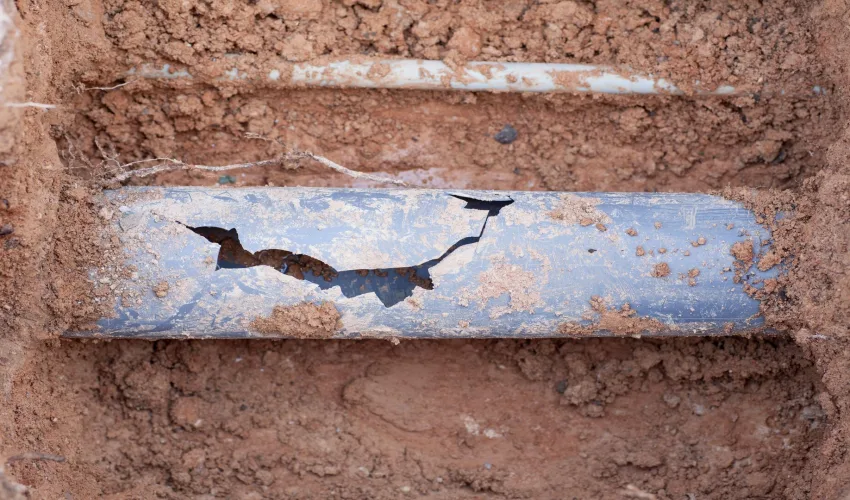Recognizing the Need for Sewer Line Repair
Understanding the necessity for, and identifying signs of, repair for either the sewer line or the entire sewer system can be challenging for homeowners. However, ensuring proper sewer maintenance is crucial, given the potential cost of repairs and the need for sewer backup repair. Due to increased awareness across Canada, a growing number of homeowners now comprehend the importance of repairing or rehabilitating sewer lines before they rupture, a situation that has become increasingly common.
While the responsibility of preserving your home’s sanitation extends to the main drain linked to your dwelling, the majority of serious issues typically occur along the mainline. Dodging problems with this mainline, which can entail both sewer line repair and sewer backup repair, can save you from experiencing broken sewer pipes, flooded bathrooms, and high repair bills.

The Hidden Complexities of Sewer Line Issues
For many homeowners, the central sewer system is an integral part of their home’s plumbing. However, until a problem arises – typically when the sewer becomes clogged – most don’t pay attention. If you wish to enjoy a comfortable home environment without installation problems, it’s essential to understand when to call in the experts for help with your sewer.
Unfortunately, several homeowners struggle with this decision, often letting their sewer issues worsen to the point where they have to consider sewer replacement. This is an expensive and extensive process. Knowing when to repair your sewer can be tricky because most sewer pipes are buried underground. This hidden placement makes spotting a problem challenging until it escalates and becomes evident within your home. Unattended, these issues can lead to higher utility bills, obstructed drains, and inadequate sanitation, compromising your home’s health and comfort.
Identifying Signs of Damaged Sewer Lines

Sometimes it is easy to recognize the signs of a damaged sewer line. Clear signs include clogging and mold growth around the house. However, there might be less obvious signs that your sewer pipes need repair, so here are some things to look out for:
- Inconsistent Water Level: If your toilet bowl’s water level changes regularly without any known cause, there could be an issue with your sewer line. Such fluctuation might be due to a blockage or leak within the system. In such cases, it is advisable to seek the services of a qualified plumber for a thorough inspection and diagnosis.
- Unpleasant Odors: A foul or unfamiliar odor, particularly noticeable from the ground surrounding your house or within bathrooms and basements, could be an alarming indication of underlying sewer issues. These smells can be quite strong and offensive, arising due to sewage leaks or backups, and should never be ignored.
- Delayed Drainage: If you notice a consistent delay in water drainage throughout your house, including during showers, sink usage, or toilet flushes, it suggests a severe problem within your sewage system. Slow drainage can be a symptom of significant blockages or breaks in your sewer pipes and warrants professional intervention.
- Structural Cracks: The appearance of new cracks in your property’s foundation, walls, or ceilings should not be dismissed as mere aging signs. Structural cracks can often be an outward symptom of serious plumbing troubles, caused by shifting ground as a result of water leaks. These should be professionally inspected and addressed promptly to prevent further damage.
- Presence of Mold or Mildew: Uncommon growth of mold or mildew in your home, especially when common causes such as water damage or air conditioner malfunction have been ruled out, may point to a faulty water pipe. Moisture from a leaky pipe can create a perfect environment for these fungi to thrive, hence their presence can be an indicator of deeper issues.
- Overly Green Landscape: Sewer leaks can over-fertilize your yard, resulting in unusually green and lush grass. While the sight may be aesthetically pleasing, it’s indicative of potentially hazardous leaks. Sewage is nutrient-rich, providing excellent nourishment for plants, but detrimental for the structural health of your property and local waterways.
- Unusual Noises: Your sewer system, when functioning optimally, should operate silently. Any unusual gurgling or bubbling sounds could signify a blockage that’s hindering the smooth flow of wastewater. The obstruction causes air bubbles that generate these noises.
- Rising Utility Bills: If your water bills show a consistent rise despite your dedicated efforts to conserve water, it could point to a hidden leak in your sewer line. These leaks result in water wastage, which is reflected in your increased bills.
- Invasion by Pests: Broken sewer lines are like open invitations to rats and insects. These pests can easily enter your home through cracks and gaps in the damaged pipes, posing a significant health risk due to potential diseases they carry.
- Frequent Backups: Frequent occurrences of sewer backups, particularly in the lower levels of your house, might be indicative of a problem in the main sewer line. These backups are not only inconvenient but also pose a potential health hazard due to exposure to sewage.
- Persistent Wet Spots: Regularly sodden or flooded areas in your yard, especially when it hasn’t been raining, could signal a leaking sewer line. These spots may even become more fertile or greener due to the excess nutrients in sewage, serving as a visible sign of a problem.
- Foundation Issues: Should you observe cracks, sinking spots, or even upheaval in your home’s foundation, this could be a sign of a significant sewer line issue. Leaking sewer lines can cause the soil around your foundation to shift, leading to these types of problems.
- Visible Tree Root Infiltration: Tree roots can cause severe damage to sewer lines. If you observe roots growing into your sewer line, it’s a clear indication of damage that needs prompt attention. Roots are attracted to the moisture and nutrients in the line, and over time, can cause significant obstruction or damage.
- Gurgling Sounds from Plumbing Fixtures: Odd gurgling sounds originating from your toilet, sink, or bathtub when not in use could be a warning sign of a blocked sewer line. This is caused by trapped air escaping up through the system when you flush or drain water.
- Unusually Healthy Tree Growth: If you notice a particular tree or plant in your yard growing unusually fast or looking healthier than others, it might be because it has accessed a nutrient-rich sewer line. While this may be good for the tree, it’s a bad sign for your plumbing.
- Foul Tasting Tap Water: A change in the taste or smell of your tap water could indicate contamination from a broken sewer line. Sewer leaks can pollute the surrounding ground and potentially your water supply, leading to significant health risks.
- Repeated Plumbing Issues: Persistent plumbing problems such as blocked drains, slow-running faucets, or frequent need for drain cleaning could be signs of a larger sewer issue. These issues indicate that the problem is not isolated to a single pipe but is likely affecting your entire system.
- Septic Waste Pooling in Yard: This is one of the most clear and dangerous signs of a sewage problem. If you notice pools of septic waste outside, it means there’s a significant break or clog in your sewer line, requiring immediate professional attention.
- Waste Backup in Toilet or Tub: Waste backing up into your toilet or tub is a clear indication of a blocked or damaged sewer line. This is a serious issue that not only affects your daily routines but also presents severe health hazards.
- Old Plumbing System: If your home’s plumbing system is over 25 years old, it might be more susceptible to sewer line problems due to natural wear and tear. It is more likely for old pipes to develop cracks, leaks, and blockages, which can lead to significant problems if not addressed in a timely manner.
Proactive Prevention and Repair of Sewer Systems

Preventing significant blockages in sewer systems comes down to two things: regular maintenance and mindful usage. While some causes of blockages like tree roots or collapsed pipes can’t be avoided, others, such as solid objects being flushed down the toilet or excessive food and oil in kitchen drains, can be controlled.
Water Pro’s team specializes in assisting homeowners in identifying and addressing issues related to sewer line repair and sewer backup repair, thereby circumventing larger problems down the road. Sewer line repair and maintenance might not be glamorous tasks, but their importance in preserving a property’s health is undeniable.
We strongly advise residents to promptly schedule their sewer line repair or sewer backup repair at the first sign of any issues. Homeowners’ habits significantly influence the condition of the sewer system, and being mindful about what goes down your drains is vital. Consistent preventive maintenance is a worthwhile investment for a well-functioning and efficient sewage system.
Water Pro Master Corp is committed not just to fixing problems, but also to preventing them, ensuring your property stays in top-notch condition.

